Last Friday, we wandered around the Ecovillage at Currumbin, which is located in a rural area on the Gold Coast, Queensland, just south of Brisbane. This community is made up of around 150 homes on 110 hectares of reclaimed farmland, laid out around a village center that includes community facilities, home offices and retail space. The land was previously a dairy and much of the native flora had disappeared, but now, with 161 species of birds, duckbill platypus, a mob of grey kangaroos, echidnas and a possible new resident Koala, 80% of the site is now being retained as an environmental reserve.
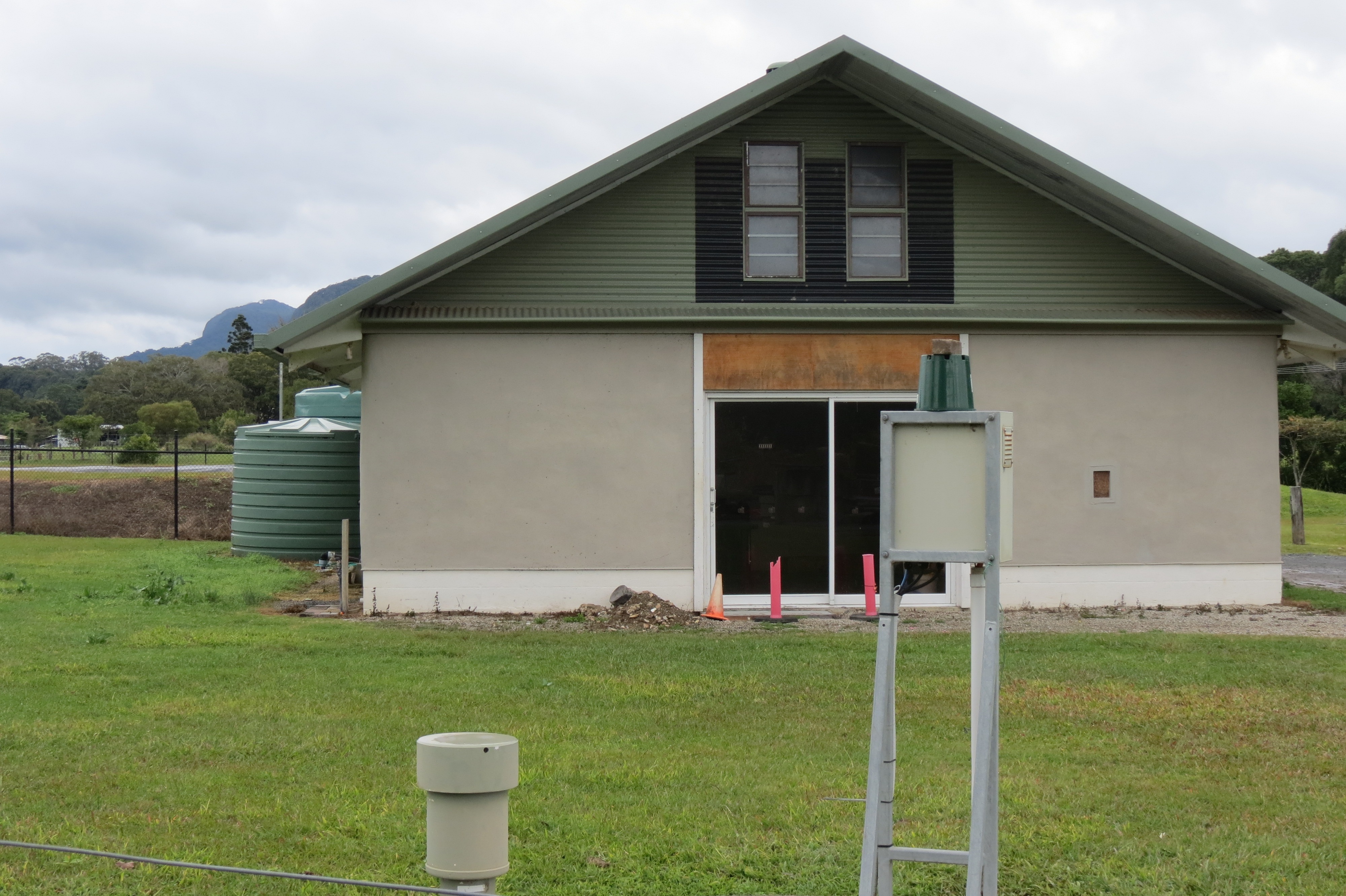 Thirty percent of the development is dedicated to open green space that is shared and maintained by the community members. The residents range in age from 94 to a few weeks old, and you get the feel that they are true community. Nothing artificial here; sharing – reaching out – engaged in both the governance and in the lives of their fellows – though the development is only seventeen years old the sense of community has a much older feel.
Thirty percent of the development is dedicated to open green space that is shared and maintained by the community members. The residents range in age from 94 to a few weeks old, and you get the feel that they are true community. Nothing artificial here; sharing – reaching out – engaged in both the governance and in the lives of their fellows – though the development is only seventeen years old the sense of community has a much older feel.
Landmatters Currumbin Valley, the development group, is committed to showing other developers and local governing boards that this kind of project is socially and economically viable. Their goals have been realized through positive land acquisition practices and high returns on premium sites (which help to offset infrastructure costs) as well as through their innovative self-governance structure and building support from local council.
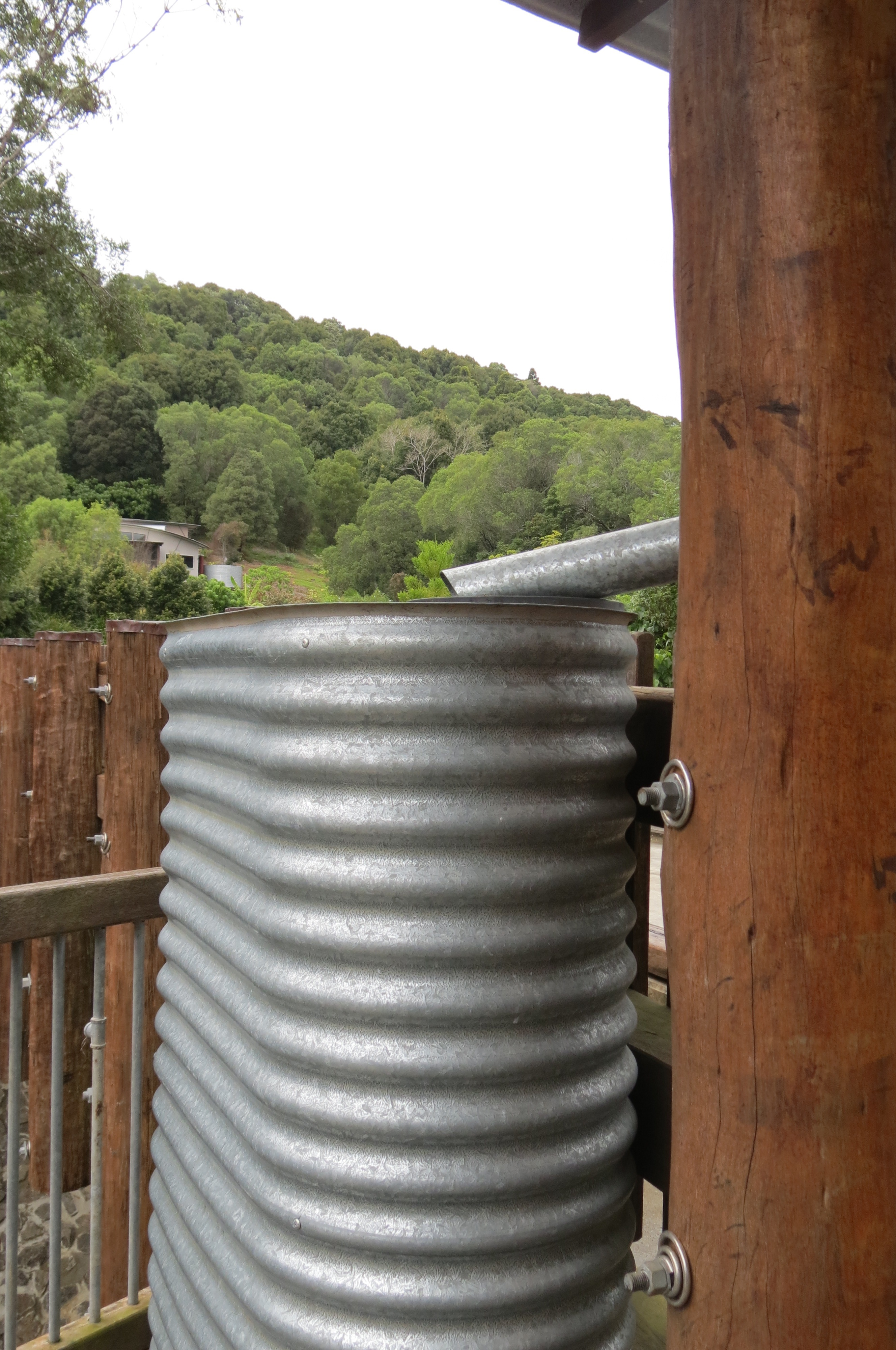 The developer is emotional about this project and when he speaks he does so with authentic voice. To say he has a strong commitment to community and to preserving the natural environment is an understatement. He wants to establish a diverse and fully integrated community with residents representing the full kaleidoscope of cultures that is Queensland. While there I was struck by how connected the community was and even though they live in a rural setting I did not feel cut off from society. Walking along the walkways I spotted backyard chickens, family kitchen gardens, bees busy producing honey, adults at work in their home offices, parents chatting as their children played in the water and sand at the community center, and local residents taking their recycling to the community bin, adjacent to the community water processing facility.
The developer is emotional about this project and when he speaks he does so with authentic voice. To say he has a strong commitment to community and to preserving the natural environment is an understatement. He wants to establish a diverse and fully integrated community with residents representing the full kaleidoscope of cultures that is Queensland. While there I was struck by how connected the community was and even though they live in a rural setting I did not feel cut off from society. Walking along the walkways I spotted backyard chickens, family kitchen gardens, bees busy producing honey, adults at work in their home offices, parents chatting as their children played in the water and sand at the community center, and local residents taking their recycling to the community bin, adjacent to the community water processing facility.
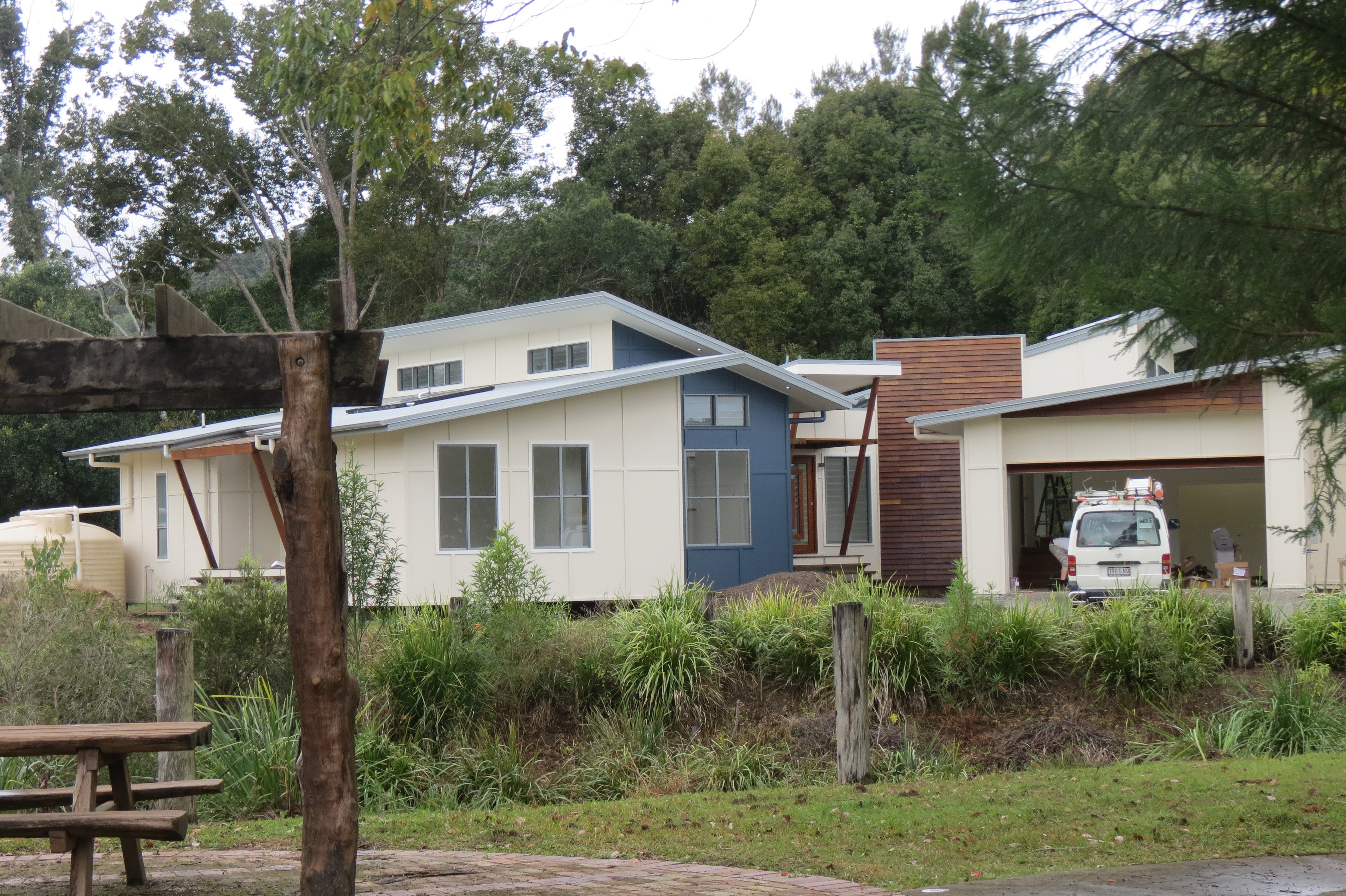 When we asked about how he hopes to ensure that families and individuals from lower economic backgrounds could hope to live in the community, I was shown the development’s varying sized lots and houses which offer wide price points, similar to what you might find in more conventional developments. Homes range from small studio apartments to ones on large lots with creeks and the privacy of the hillside Hoop Pine forest.
When we asked about how he hopes to ensure that families and individuals from lower economic backgrounds could hope to live in the community, I was shown the development’s varying sized lots and houses which offer wide price points, similar to what you might find in more conventional developments. Homes range from small studio apartments to ones on large lots with creeks and the privacy of the hillside Hoop Pine forest.
What also struck me was that the developer intentionally decided to initiate this project without government funding. This allowed them to act independently while building on their vision. Though we often toss around the word “sustainable,” these pioneers are living the concept. A few of the key ways they do this is by creating a self-sufficient water management system, providing on site renewable energy and embracing building designs that need less energy for comfortable living, while also minimizing waste and integrating waste management into the community style of living, and encouraging local living and working to reduce car usage through mixed-use design.
It was a beautiful experience and very enlightening. I hope to see more communities like this in the near future, and also closer to my home in the States.
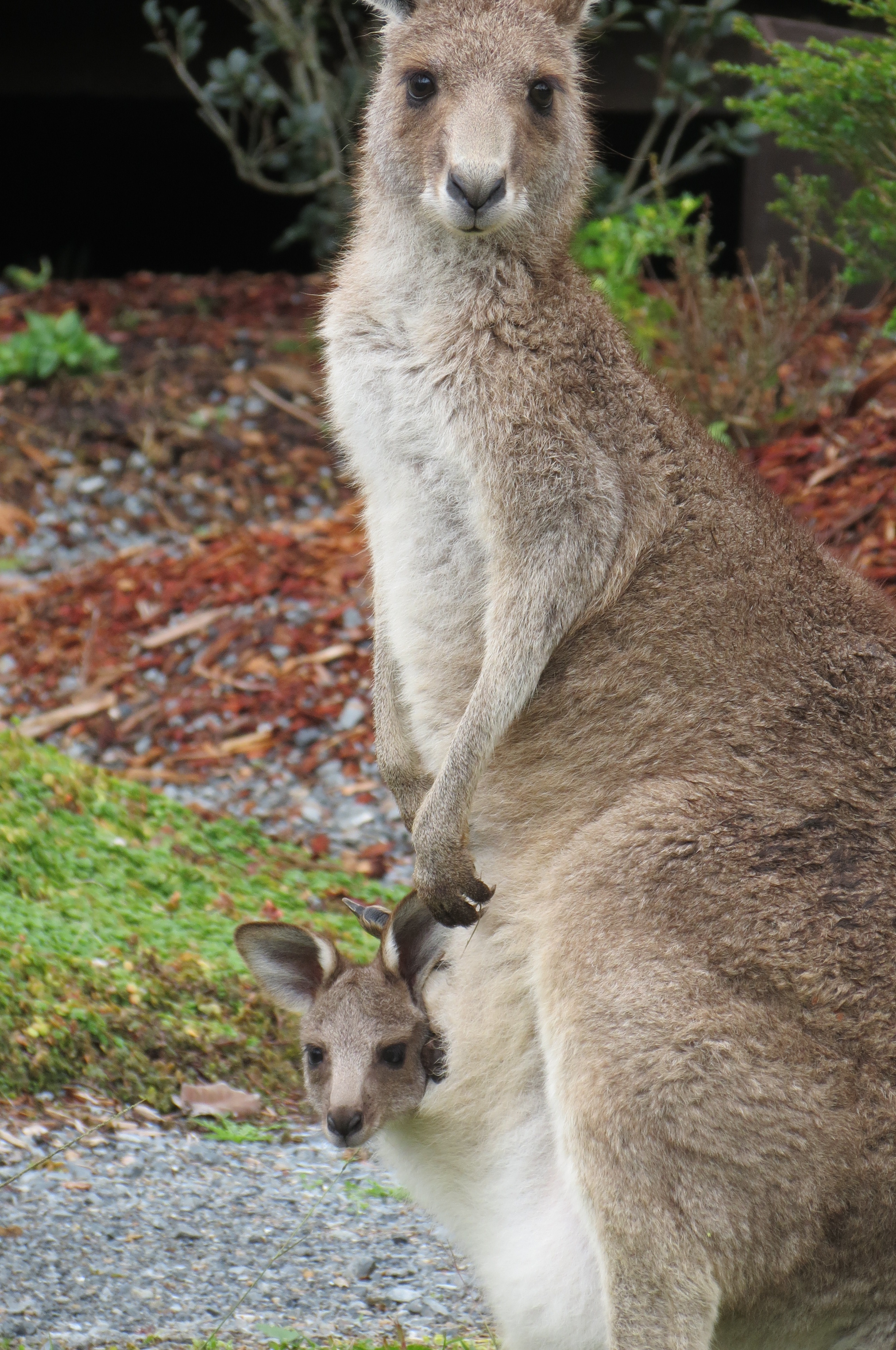
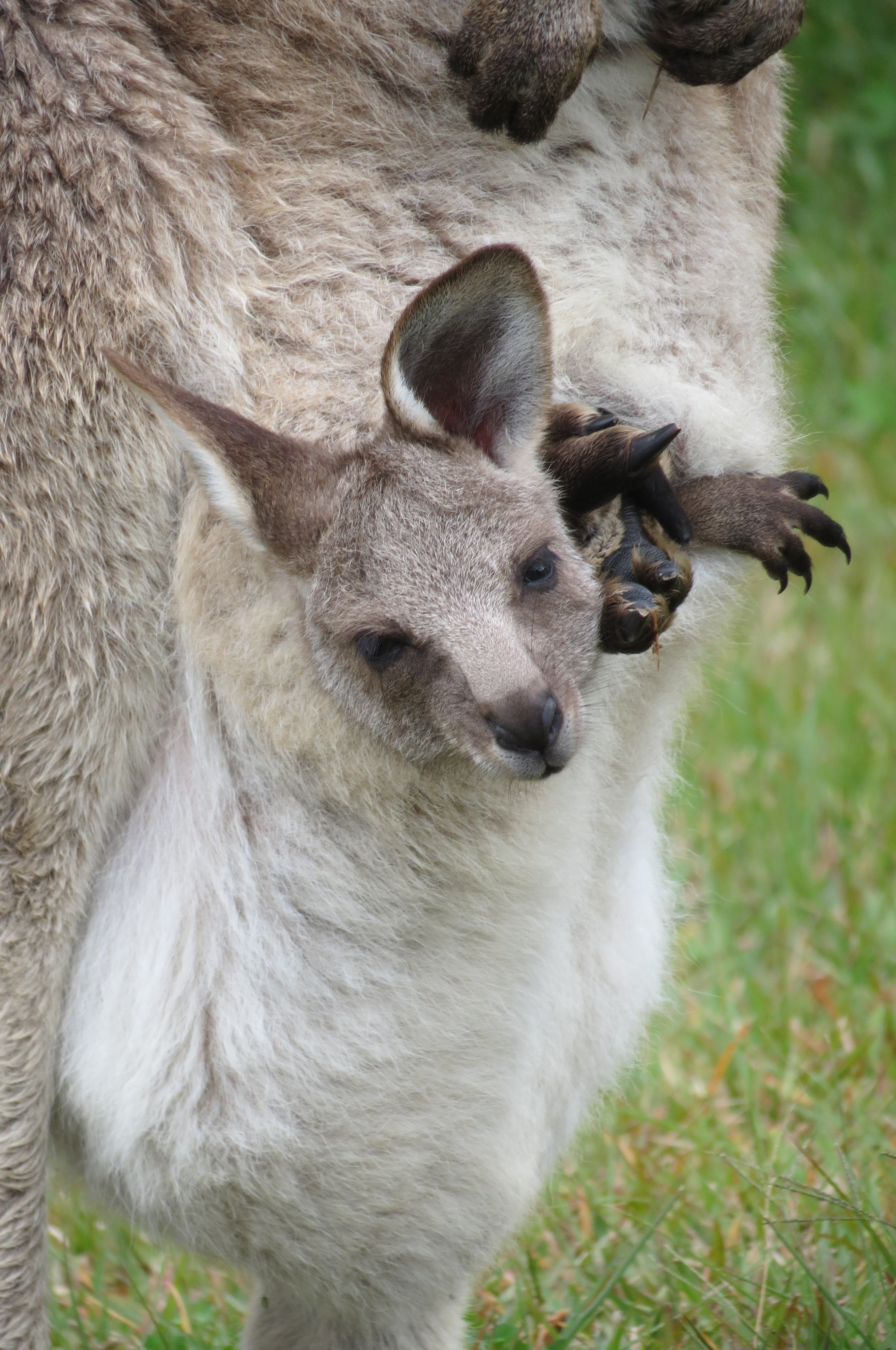
Leave a Reply